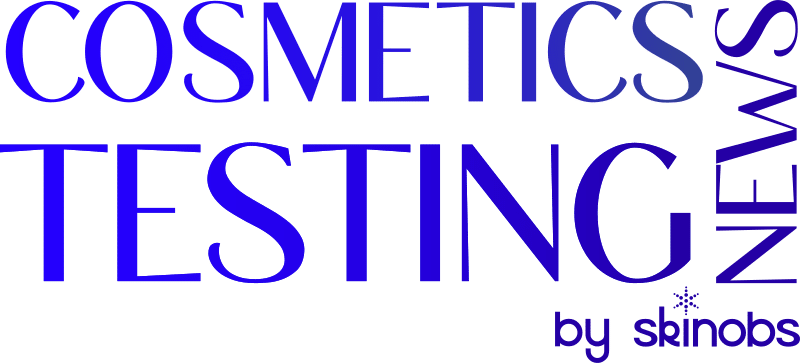Vincent Gallon
1 March 2025
The United States is the world’s second-largest exporter of cosmetic products, following France. For over 30 years, the American fragrance, beauty, and personal care industry has maintained a yearly trade surplus, including with Canada, Mexico, and China. In a sector with highly internationalized value chains, the introduction of broad tariffs would inevitably result in losses for all.
From tariffs to counter “unfair trade” to duties over illegal immigration and fentanyl smuggling, President Donald Trump has unleashed a volley of threats since taking office, sparking fears of widening trade tensions.
The peculiarity of this tariff policy is that it is not based on a planned reindustrialization effort focused on strategic sectors. Instead, it appears to be a blunt instrument aimed at making an impression on the United States’ trading partners. Amid announcements, delays, and enacted measures, distinguishing between what has been done and what remains on the horizon can be challenging.





